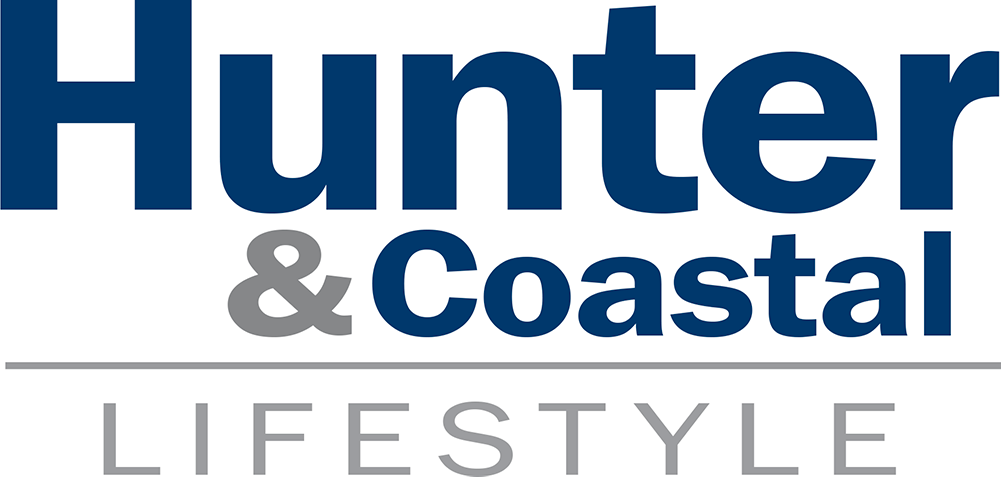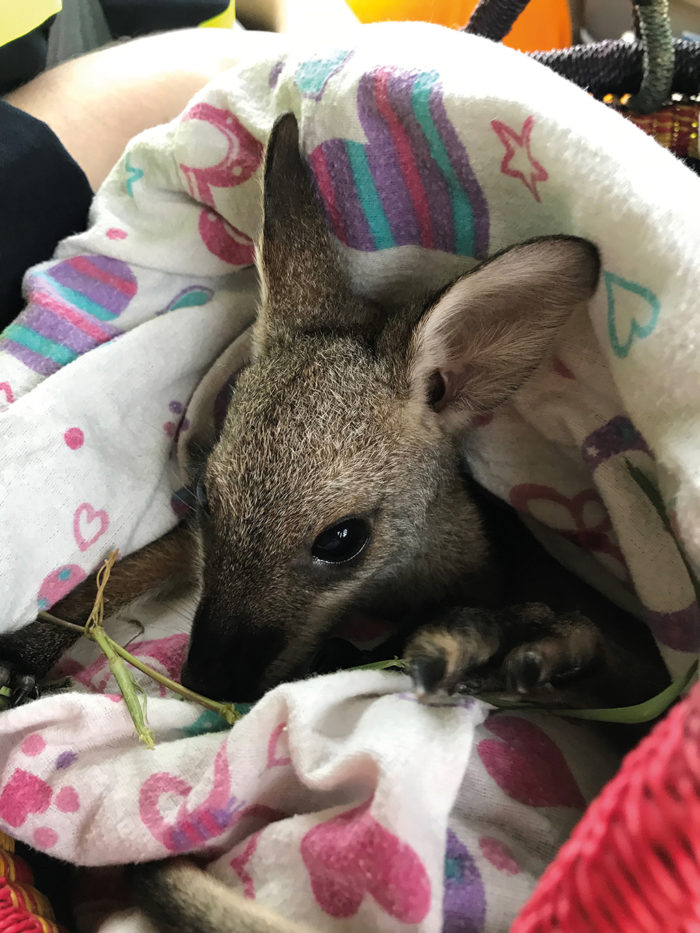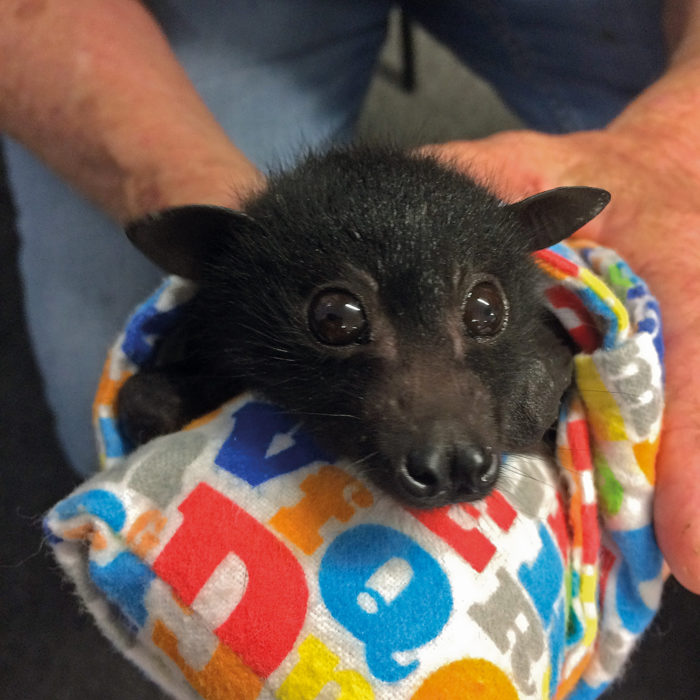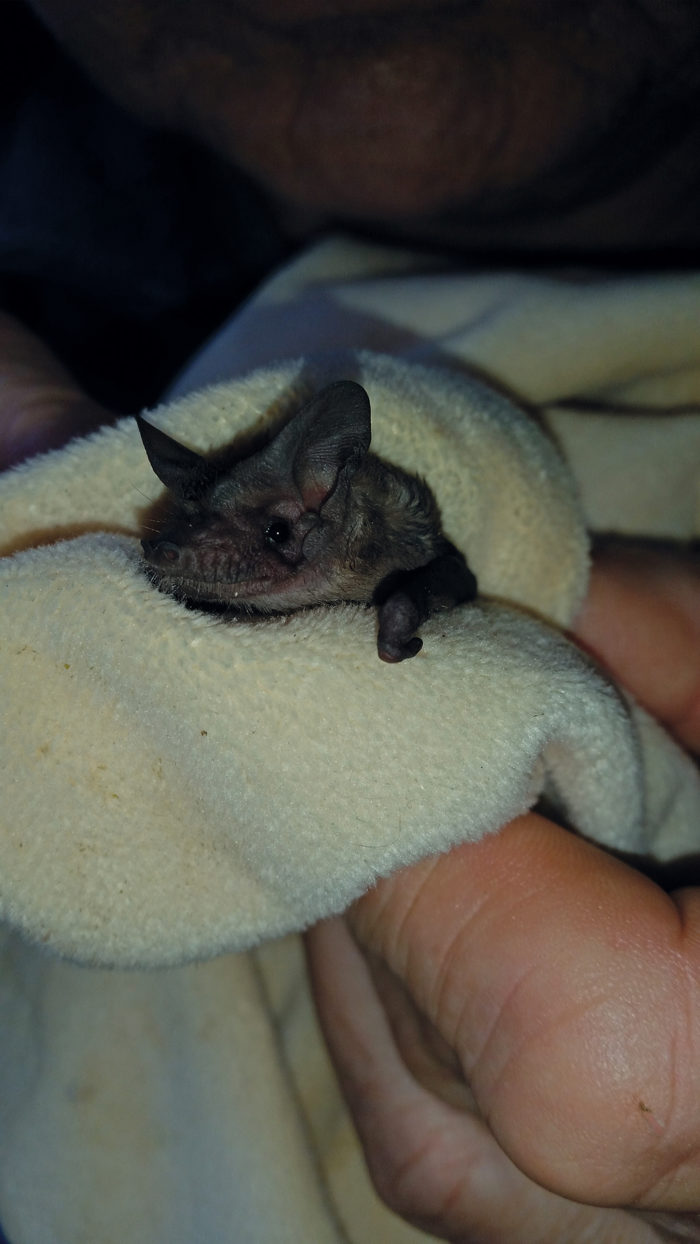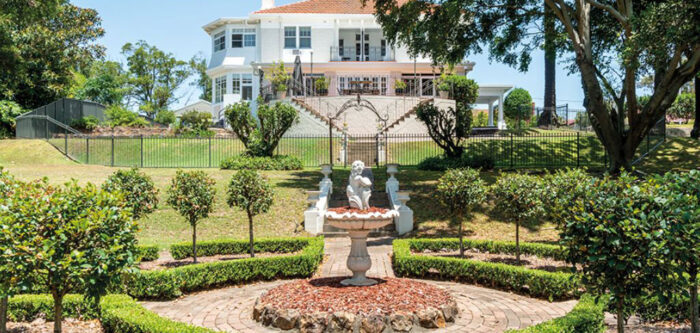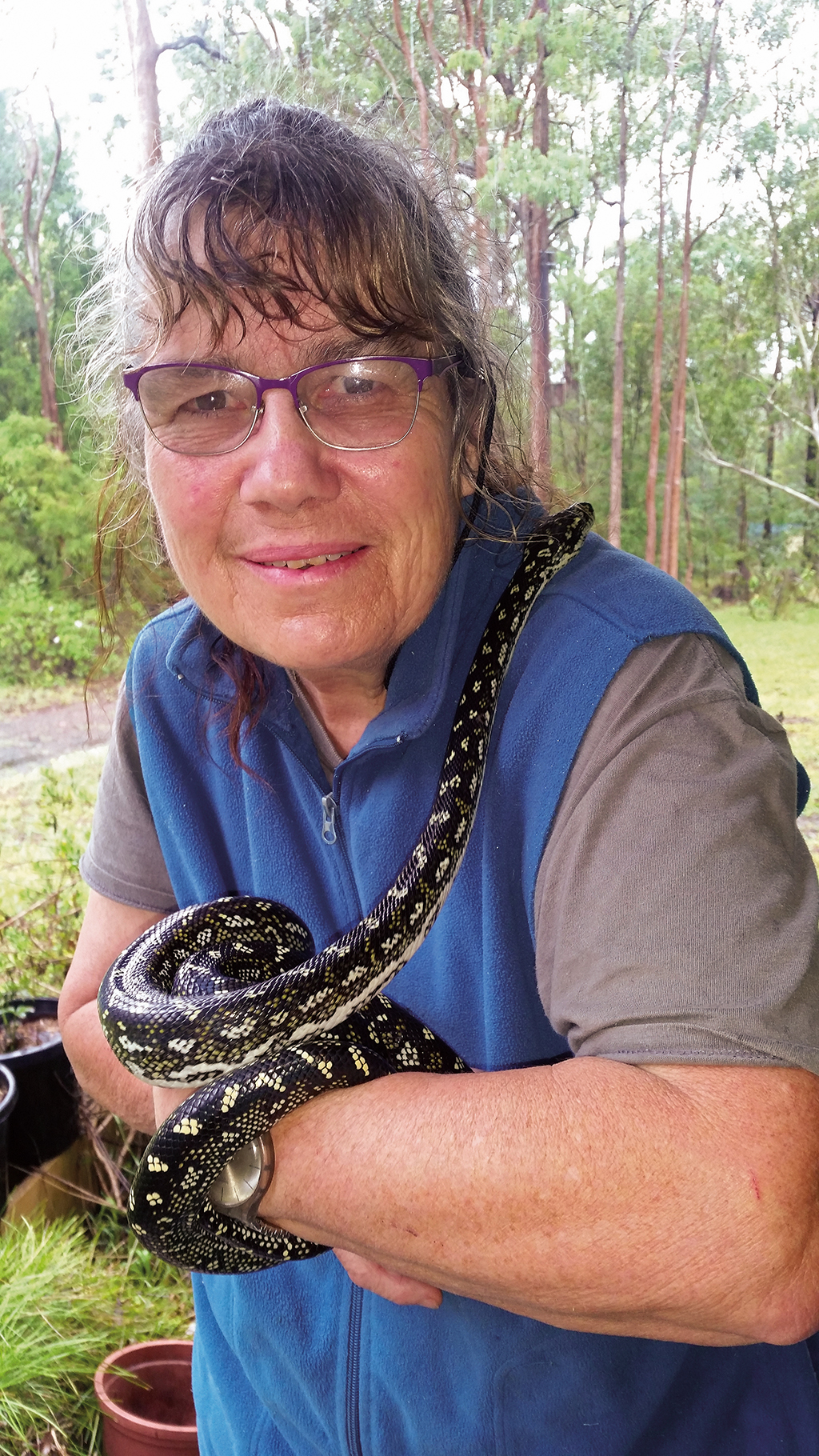
A life of conservation
Anne Williams has been rescuing and caring for Australian wildlife for more than half a century and she won’t be slowing down anytime soon.
Anne met her husband Ray at the Adelaide Zoo. She loved animals and was a regular visitor, he was one of the zookeepers and in charge of the chimpanzees. The rest, as they say, is history. While in South Australia, they worked together on wildlife surveys for ecologists, catching and marking animals in the bush.
“My kids are twins, and when they were just a couple of months old, I would have one at the front and one at the back while I was out in the bush setting the traps so we could mark the animals,” Anne said.
“That’s really how it all started for them. They just grew up with wildlife. By the age of two, they already knew how to set the traps themselves.”
The family later moved to the Central Coast where Ray was working at Eric Worrell’s Reptile Park, now known as the Australian Reptile Park. Anne soon started working there too: “I worked there part-time and stepped in when someone was on holiday. I did the bookkeeping and all kinds of secretarial work.”
Without formal training in animal welfare, Anne simply kept on learning through practical experience and has done a lot of work across a variety of species. More than two decades at the Reptile Park were followed by a stint at NSW University in Randwick assisting with the Native Animal House where she looked after marsupials, devils, echidna and platypus.
She also spent 20 years at the Mt. Kuring-Gai University Research Station at Cowan all the while conducting environmental surveys in her spare time. In 1999 she moved to Medowie and started work with the Wildlife Hospital.
Today, she is the Vice President of Hunter Wildlife Rescue (HWR), a recognised expert in microbats and a regular speaker at the Australasian Microbat Conference. Together with her late husband Ray she has also written a book Caring for Kangaroos and Wallabies. “When I was first asked whether I would be interested I said ‘there is no way that I can write a book’. But then I had a discussion with someone who had been working with kangaroos for 10 years. And she said that kangaroos have just one teat inside the pouch when they really have two. “So I thought if I know more than someone who’s been doing this for such a long time, I probably know enough to really write that book.”
Anne to the rescue
In her capacity as Vice President of HWR she runs animal welfare workshops and coordinates rescue efforts for anything from bandicoots to echidnas and seabirds. There are specialised carers for different types of emergencies, but Anne is often the first person to hear about a problem.
Her fellow HWR members and carers describe her as the “go-to” person who will always know what to do. Thankfully, not all calls to the HWR hotline require drastic intervention.
“People often call about baby birds being abandoned by their parents. But it’s normal for the parents to be off hunting. They can’t always stay by the youngster’s side. When a young bird is on the ground, we ask the caller to put the animal back on a branch. That way they don’t look as vulnerable to predators,” Anne said.
“What would help is for people to keep their cats inside. Not only are they taking out a lot of native animals every day, they also carry bacteria in their mouths that make it hard to save an animal after a cat bite.”
It’s not just about koalas
With the drought and the horrific bushfire season HWR volunteers are busier than ever and their work is desperately needed.
“Koalas get all the publicity right now, but a lot of other animals are affected too. Flying foxes have been hit really hard. They suffered from the lack of humidity in the air because of the drought and the heat. It’s a little bit better now after the rain we have had. But there isn’t enough food either. Even though the trees had blossoms, there was no honey in them. So the adult foxes were underweight and they left the young ones hanging.”
Lack of food isn’t just affecting the flying foxes.
“There’s not enough insects because they didn’t hatch. So many animals are coming in underweight and we can’t save them because their systems just start breaking down,” Anne said.
“We’ve had a brown falcon that had lost a third of its bodyweight. Birds, possums, lizards, they are all affected. Blue tongue lizards give birth in January, but they are weak and dogs and cats are getting them right now.”
HWR President Audrey Koosmen says, “Anne is a tireless volunteer and she gives well beyond her hours day and night caring for all species of native fauna. She is also a wonderful support person to many of our volunteers when help is needed. “I met Anne and her late husband Ray 30 years ago and they worked so hard protecting the free range habitat for our wildlife, something they have passed onto their children and now Anne is passing that onto her grandchildren.” We cannot know how many animals Anne Williams has saved over the past half a century, but it is safe to say that it would be in the thousands.
For more information and to donate go to: www.hunterwildlife.org.au/ or visit Hunter Wildlife Rescue on Facebook or Instagram
Story Tania Reid, photos courtesy of Anne and Narawan Williams and Hunter Wildlife Rescue
Read more great stories in the Autumn issue of Hunter&Coastal Lifestyle Magazine.
